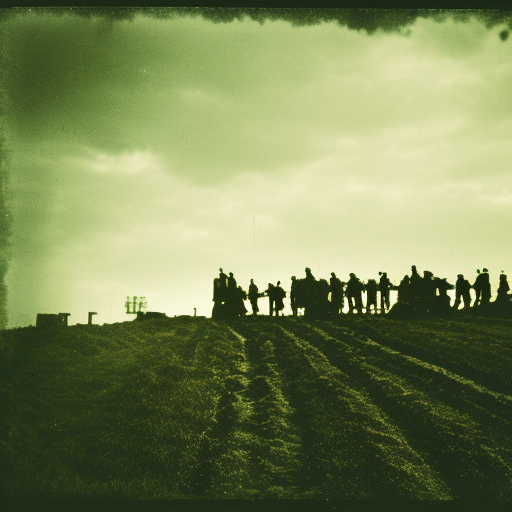Siege of Geertruidenberg: A Battle for Control
The Siege of Geertruidenberg was a significant military confrontation that took place during the Eighty Years’ War between the Dutch Republic and the Spanish Empire. The siege occurred from 27 March to 24 June 1593 and was part of the larger struggle for control over the strategic region of Brabant.
The Background:
Geertruidenberg, a fortified city located in the southern Netherlands, was a crucial stronghold due to its strategic position on the River Donge. The city had changed hands multiple times during the conflict, with both the Dutch and Spanish forces seeking to control it. By 1593, the Spanish had regained control of Geertruidenberg and were determined to maintain their hold on the city.
The Dutch Offensive:
In an effort to regain control of Geertruidenberg, the Dutch launched a major offensive in March 1593. The Dutch forces, led by Maurice of Nassau, Prince of Orange, surrounded the city and began a systematic siege. The Dutch army consisted of both infantry and cavalry units, supported by artillery.
The Siege Tactics:
The Dutch employed various tactics to weaken the Spanish defenses and ultimately capture the city. They constructed a network of trenches and fortifications to encircle Geertruidenberg, cutting off its supply lines and isolating the Spanish garrison. The Dutch also bombarded the city with artillery fire, aiming to breach the walls and create openings for their troops to enter.
The Spanish Defense:
The Spanish garrison, under the command of Governor Francisco Verdugo, put up a determined defense. They utilized the city’s fortifications to their advantage, repelling Dutch attacks and inflicting heavy casualties. The Spanish also received reinforcements and supplies via the River Donge, which the Dutch attempted to block with a boom, a chain barrier across the river.
The Dutch Breakthrough:
Despite the Spanish resistance, the Dutch forces managed to make a breakthrough in early June. They successfully breached the city walls and launched a fierce assault on the Spanish defenders. The fighting was intense, with both sides suffering heavy losses. However, the Dutch gradually gained the upper hand and pushed the Spanish back.
The Spanish Surrender:
Realizing that further resistance was futile, Governor Verdugo and his remaining forces surrendered on 24 June 1593. The Spanish garrison was allowed to leave Geertruidenberg with their weapons and colors, while the Dutch took control of the city.
The Aftermath:
The capture of Geertruidenberg was a significant victory for the Dutch Republic. It not only secured an important stronghold but also boosted Dutch morale and demonstrated their military capabilities. The Spanish, on the other hand, suffered a major setback and were forced to reassess their strategy in the region.
Legacy:
The Siege of Geertruidenberg played a role in shaping the outcome of the Eighty Years’ War. It highlighted the effectiveness of siege warfare and the importance of strategic fortifications. The Dutch continued to build on their successes, gradually gaining control over more territories and ultimately achieving independence from Spanish rule.
In conclusion, the Siege of Geertruidenberg was a pivotal event in the Eighty Years’ War. The Dutch offensive, led by Maurice of Nassau, successfully captured the city from the Spanish garrison after a prolonged siege. The victory bolstered Dutch morale and contributed to their eventual success in gaining independence from Spanish rule.












